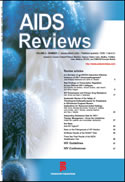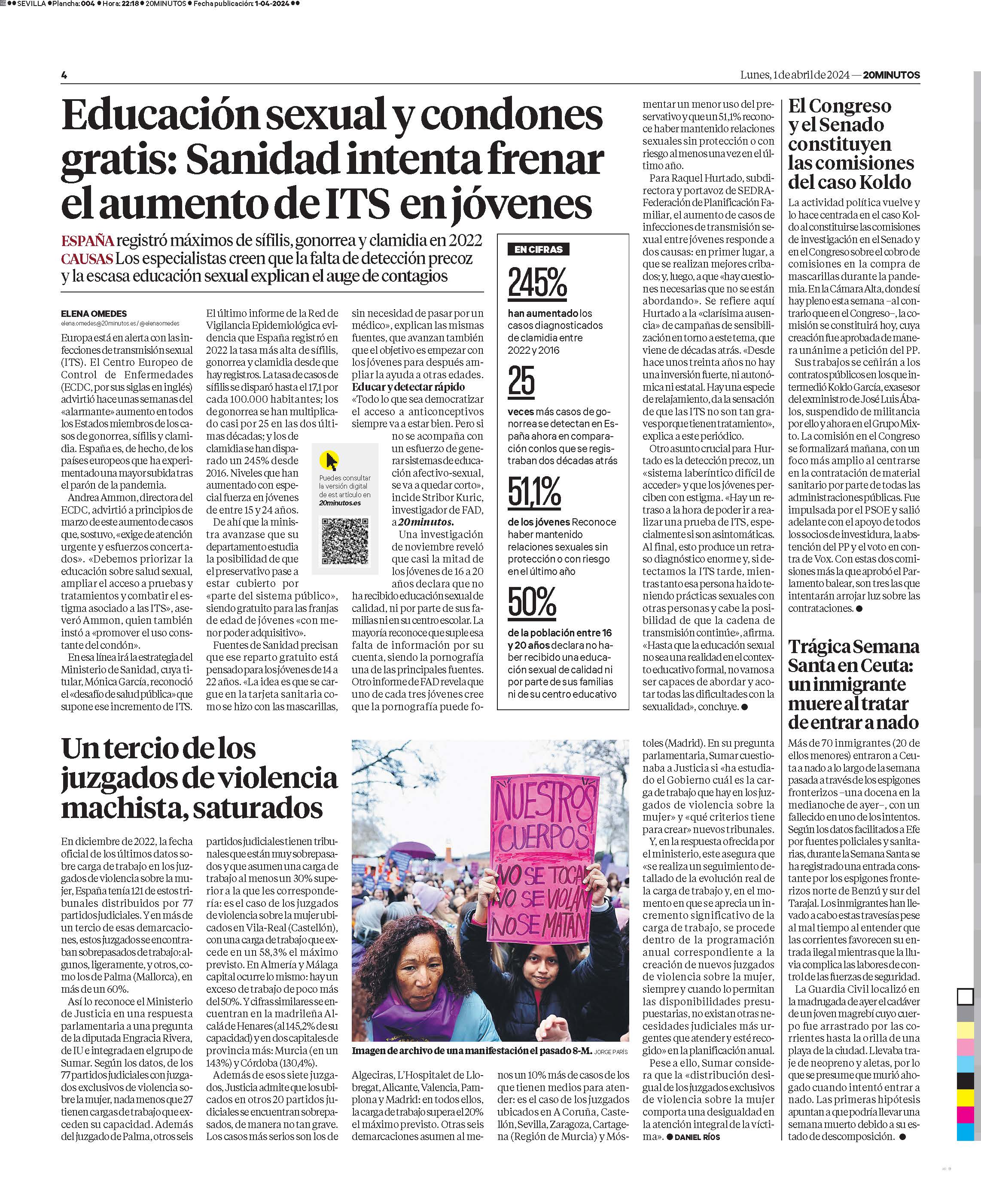Resum
HIV-risk populations are over-represented in prisons. It is very important to identify late HIV infection
diagnosis in this setting from a public health perspective. The objectives of this study are to estimate
the prevalence of late diagnosis and identify the predictive factors among inmates of two prisons in
Barcelona from 2010 to 2012, and to review late diagnosis in other prisons. A cross-sectional study
design was used on inmates with newly-diagnosed HIV infection. Less than 350 CD4 lymphocytes/µl was
considered late diagnosis. A Medline search was performed. Of the 3,933 total inmates, 1.2% (n = 47)
were diagnosed with HIV infection, 1.7% from Prison A and 0.6% from Prison B (p < 0.001). Late diagnosis
occurred in 47.7% of cases. A higher number of cases with late diagnosis were found in Prison A, among
the immigrant population, and among intravenous drug users (p = 0.026, p = 0.007, p = 0.03, respectively).
The proportion of late diagnosis decreased from 60% in 2010, to 44.4% in 2011 and 20% in 2012 (p = 0.05).
The multivariate analysis confirmed an association between late diagnosis and immigrant status
(OR: 7.85; 95% CI: 1.8-34.13) and the declining prevalence (p = 0.032). This is the first study to estimate
late diagnosis in a prison population. Late diagnosis occurs mainly among the immigrant inmate
population. The prison can serve as an opportunity to identify and treat HIV infection among people
who have little contact with health services, thus avoiding further transmission. (Extraído del documento)






